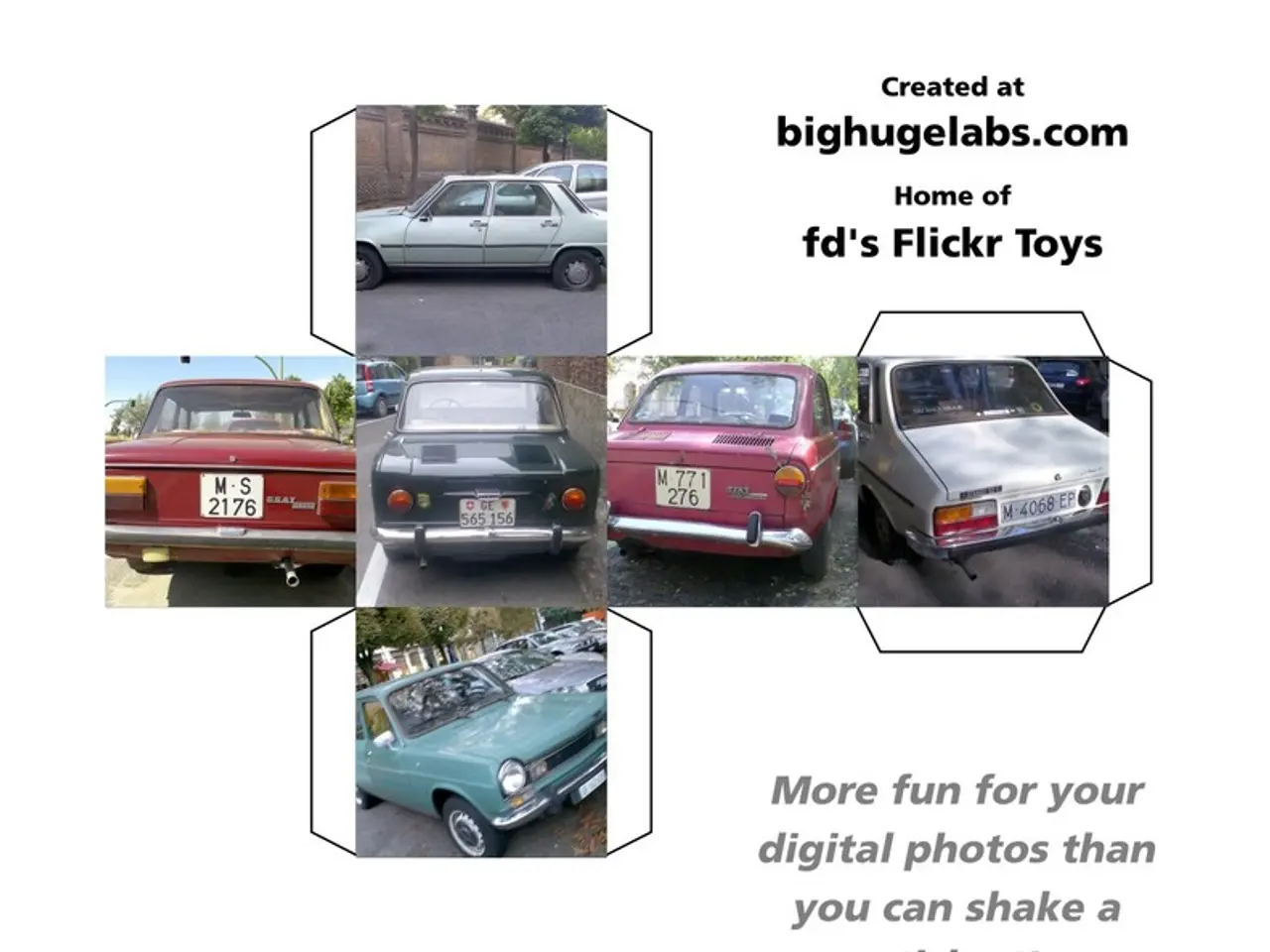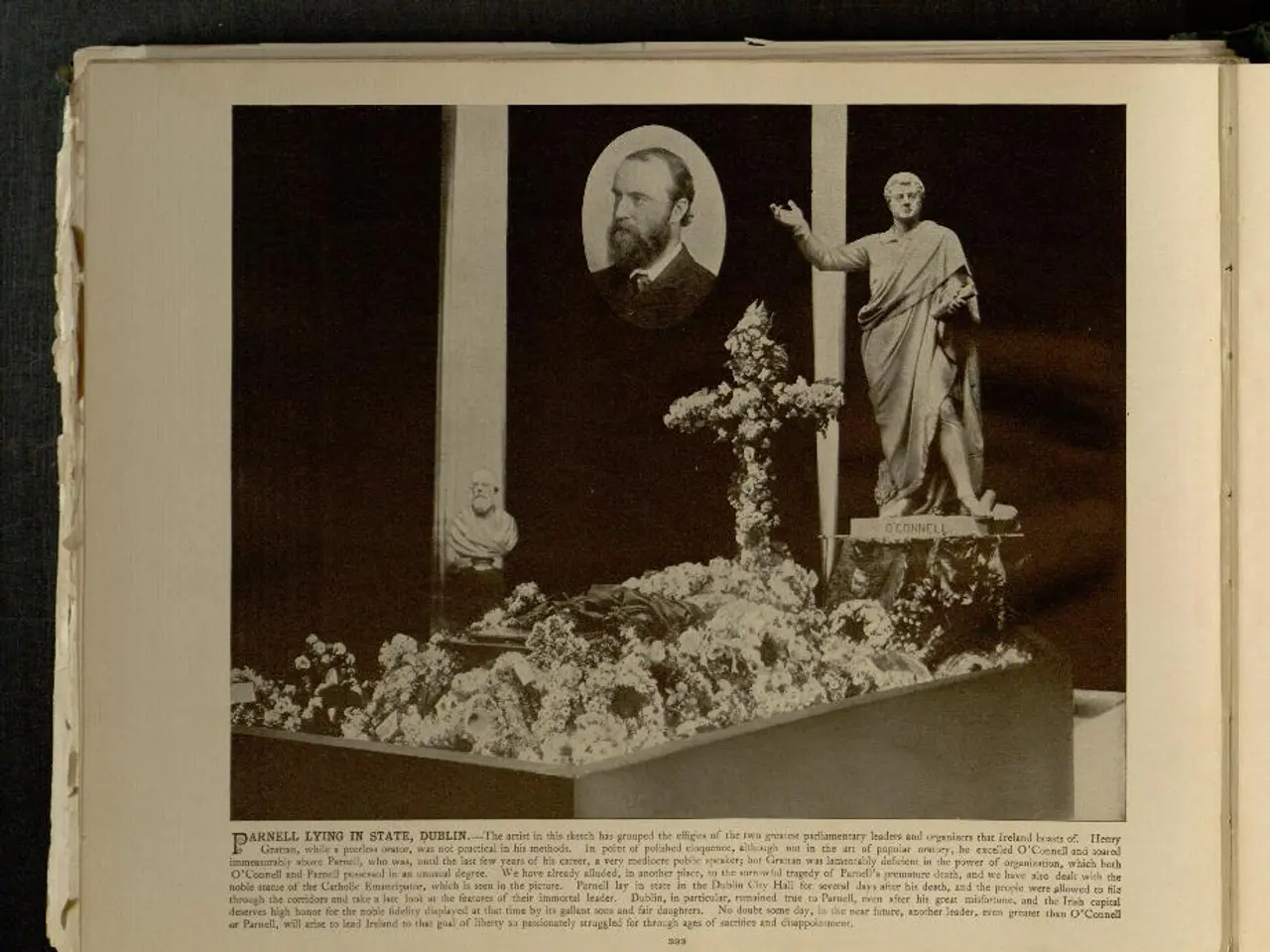Anticipated Challenges Ahead for Second-Half Car Sales: Headwinds Galore
In the first half of 2025, the U.S. automotive market witnessed a mixed bag of results, with some automakers thriving while others faced challenges. The imposition of tariffs on imported vehicles and parts has significantly impacted the industry, causing costs to soar and consumer demand to dwindle.
According to Cox Automotive, tariffs could add approximately $5,700 to the cost of vehicles imported from outside North America and over $1,000 on U.S.-assembled vehicles due to the cost of imported parts. This substantial price increase has raised affordability concerns, contributing to a slowdown in sales.
Despite a strong start to the year, with some sales pulled forward ahead of tariffs, the North American Dealers Association notes a slowdown in sales to a 15.7 million seasonally adjusted annual rate by May 2025, down from a pre-tariff surge hitting up to 17 million units. Cox Automotive forecasts U.S. light-vehicle sales of 15.7 million for 2025, slightly up from an earlier estimate but still down from 16 million in 2024, mainly due to tariff-driven price pressures and higher loan rates.
The light-truck segment, which accounts for 82% of total vehicle sales, has shown resilience, with a slight 0.1% year-over-year sales increase despite overall passenger car declines. Automakers like Ford and GM, which lead in pickups and SUVs, benefit from this trend. However, import-dependent automakers such as GM, Toyota, and Mazda face challenges from tariffs that raise costs on imported vehicles and parts, potentially pushing prices higher and curbing sales.
Rising vehicle prices due to tariffs are expected to worsen affordability in the second half of 2025. Inventory will increasingly consist of tariff-subject products replacing pre-tariff stock, putting upward pressure on prices. This dynamic may slow demand growth, especially for certain segments.
Some automakers have fared better in this challenging environment. General Motors experienced a 12% increase in sales in the first half of 2025, with both internal-combustion-engine and battery-electric-vehicle sales contributing. Tesla, on the other hand, is expected to have a 21% year-over-year decline in sales in the first half of 2025, primarily due to CEO Elon Musk's political activity and resulting protests and boycotts.
Other automakers, such as Ford, have seen their sales increase. Ford's sales were up 6.1% in the first half of 2025, with a 14.2% increase in the second quarter. Honda's sales were up 7.3% in the first half of 2025, with a significant growth in light trucks (+11.8%) and battery-electric-vehicles (+39.5%). Hyundai's sales were up 10% in the first half of 2025, driven by electrified vehicles (+20%) and ICE-powered models like the Elantra N and Palisade.
However, not all automakers have been as fortunate. Stellantis' first-half results show a 20% decrease in shipments and a 12% decline in sales, reflecting ongoing production level and inventory adjustments. Audi sales decreased by 3% in the first half of 2025, while Nissan sales decreased by 1.7% year over year. Toyota sales increased by 5.5% year over year, but J.D. Power attributes the boost to tariff fears and strong battery-electric-vehicle uptake due to federal tax credits.
In summary, tariffs on imported vehicles and parts are increasing costs by thousands per vehicle, contributing to a slowdown in U.S. new light-vehicle sales growth after an early-year surge. While light trucks maintain market strength, the overall sales forecast for 2025 has been revised slightly downward compared to 2024, reflecting the financial impact of tariffs and resulting consumer affordability pressures. Economic anxiety and vehicle affordability are the primary deterrents for consumers wanting to buy a new vehicle.
In the midst of the challenging automotive market, electric vehicle sales among some automakers, such as General Motors and Tesla, are showing contrasting trends. Although Tesla anticipates a 21% year-over-year decline in the first half of 2025, General Motors reports a 12% increase, with both internal-combustion-engine and battery-electric-vehicle sales contributing to their growth. On the other hand, sports car brands like Audi face a 3% decrease in sales, raising questions about the impact of tariffs on the sports vehicle segment.







